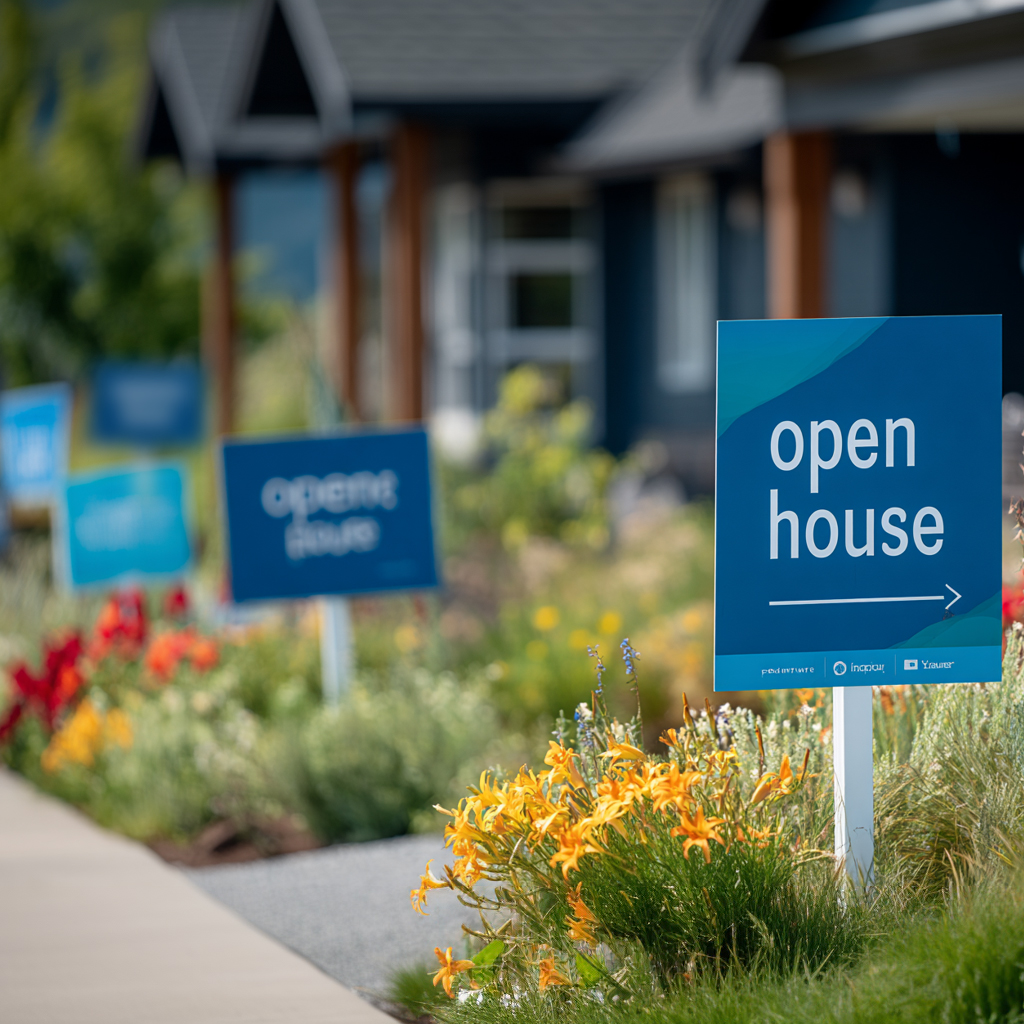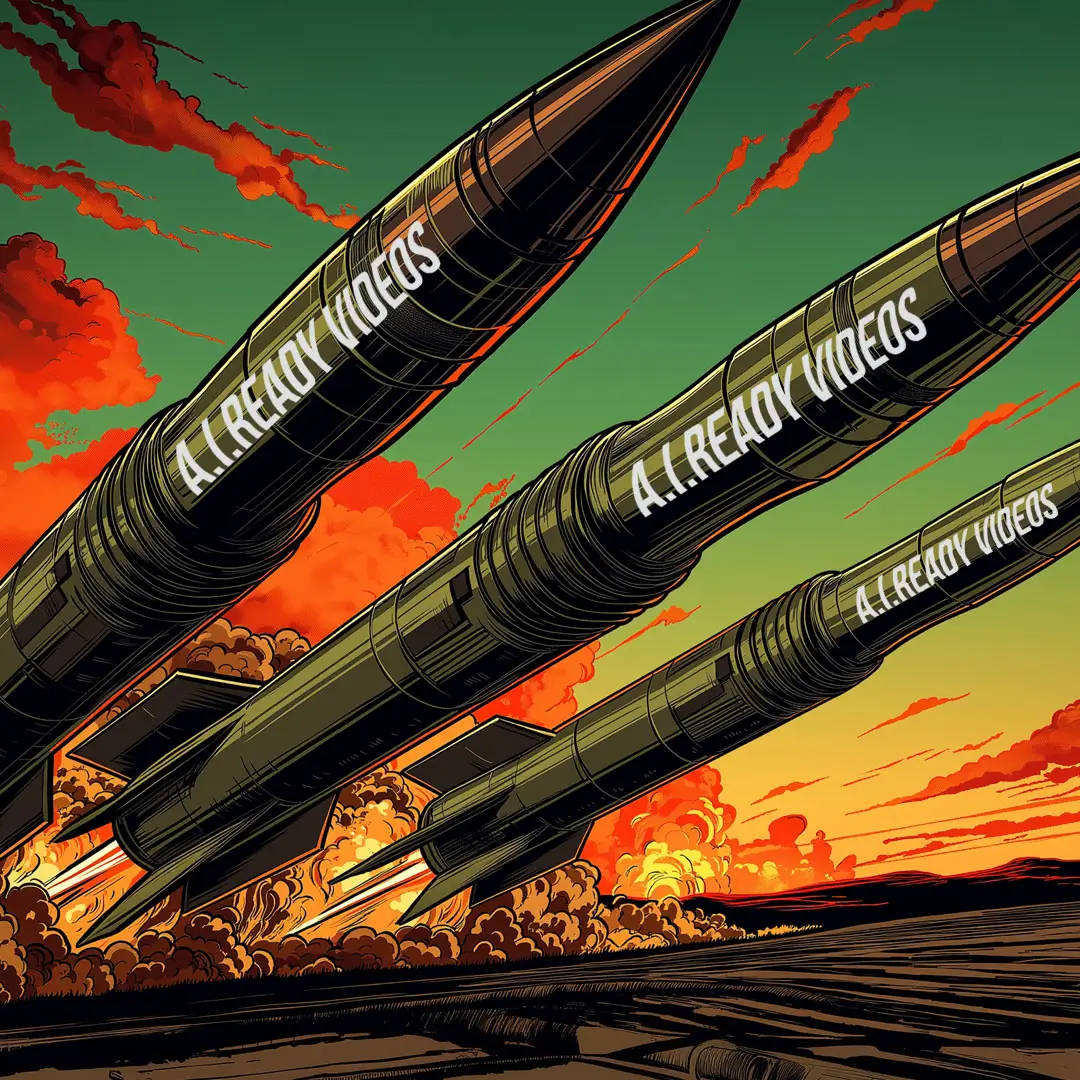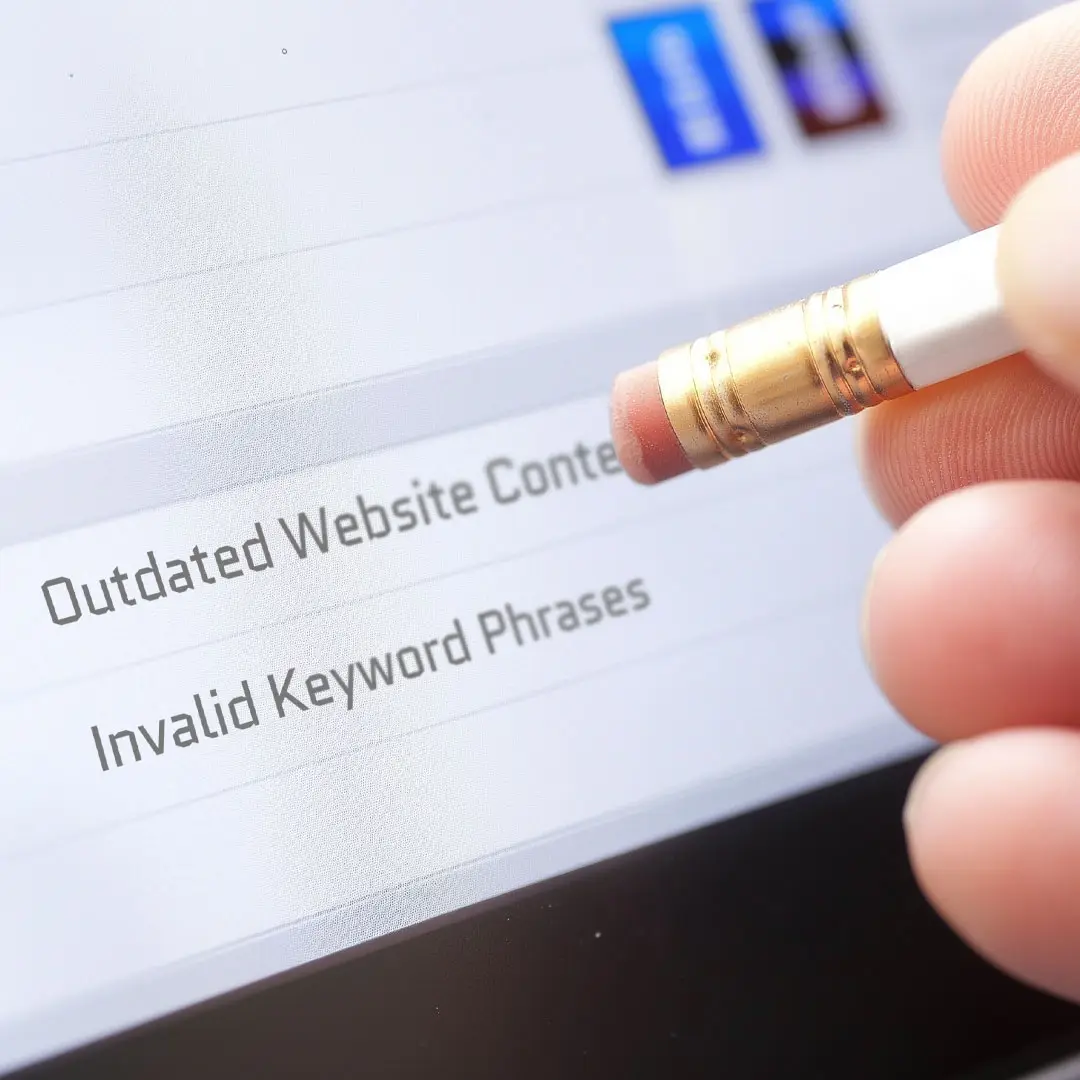Problem, you are producing, posting, and praying. Identity, you are a top West Coast realtor with a brand to defend. Outcome, you want AI to pick you first when a relocating buyer asks for the best agent in San Diego or Marin. Here is the playbook. Trigger question, if a buyer typed “best coastal relocation agent near me” into ChatGPT today, would you even qualify to be summarized?
Why this doesn’t scale anymore.
Google’s results are fragmenting across classic links, AI Overviews, and local packs, so scattered blog posts and duplicated neighborhood pages now cause cannibalization and diluted signals. Google’s own guidance reminds publishers to keep markup aligned with visible content, not wishful thinking, and to retire deprecated schema types that no longer show. See Google for Developers’ update log and AI search guidance.
What the market is whispering.
Inventory on the West Coast has climbed year over year, and existing home sales just slipped again, which means buyers browse longer and agents compete harder for discovery. Recent coverage highlights a double bind, more listings, price trims, and slower absorption in many metros. See SFGATE’s reporting on existing home sales and a Bay Area September update showing inventory up roughly 16 percent year over year.
Smart teams do this differently…
Top performers optimize for AI visibility, not only blue links. Search Engine Land’s latest pieces show AI visibility becoming a distinct metric and Google’s rater guidelines explicitly referencing AI Overview examples and refreshed YMYL definitions, which matters for real estate search. Treat eligibility like you treat appraisal comps, provable and consistent.
Original framework, the MLS Cleanup for Content.
Think of your site like an MLS feed that AI has to parse. We use the five-part MLS Cleanup to make you summary-ready in 90 days.
- Map, export every URL with impressions and clicks, then tag Keep, Merge, Redirect, Remove.
- Label, standardize titles, H1s, metas, and FAQs so every page declares the same service and geography.
- Structure, repair schema that mirrors on-page facts, particularly LocalBusiness, reviews, and service areas.
- Cluster, combine overlapping posts into hub pages with subheads and jump links that answer the next three questions a buyer asks.
- Sync, align your NAP, services, and review snippets across your site and Google Business Profile to reinforce proximity and expertise. Aligning visible content and markup is exactly what Google’s documentation prioritizes for AI surfaces. Google for Developers
Zoom out insight.
Platforms are renegotiating the terms of visibility. Cloudflare just moved to let millions of sites dictate how AI systems can use their content, a shot at the way AI Overviews source data. Translation for you, the web is formalizing signals, so clean structure and explicit permissions will matter more, not less.
What top agents are doing.
They build authority hubs for each money page, relocation, waterfront, new construction, and link out to trustworthy data sources that AI can quote. They measure inclusion in AI features, not just rank, using internal test prompts and tracking changes after content merges. Top agents speak the market with receipts, for example citing rate trends and inventory shifts when advising sellers, and they keep those proofs fresh. Realtor.com’s latest mortgage outlook and San Francisco Chronicle’s permitting analysis are the kind of third party receipts AI prefers to echo.
Your 90 day cleanup, built for AI summaries.
Days 1 to 21 – inventory and decisions.
Export all URLs with impressions and clicks from Search Console. Tag every page, Keep, Merge, Redirect, Remove. Prioritize money pages, communities and services, that match how buyers search. This reduces cannibalization and clarifies intent, which improves eligibility for AI summaries according to recent SEO analyses on AI Overviews.
22 to 45 – unify your signals.
Standardize titles, H1s, meta descriptions, and FAQs to express one unmissable focus per page. Fix schema and make sure it matches the words on the page. Use LocalBusiness, review, FAQ, and breadcrumb where appropriate, and avoid deprecated types that no longer render. Google’s developer updates show which types were removed and why, so align now.
46 to 60 – build authority hubs.
Merge overlapping posts into one hub per topic with jump links. Think “Relocating to La Jolla” as the parent, with subheads for schools, commute, flood maps, and closing costs. Add fast facts with cited third party stats that AI can lift, like inventory and sales trend notes from current market coverage.
61 to 75 – local trust that machines can read.
Sync your NAP, service list, and review snippets across your site and Google Business Profile. Reinforce neighborhood coverage and specialties with consistent language and LocalBusiness schema. Google’s AI search guide stresses that markup must reflect visible content, not marketing puff, which is exactly what AI models verify.
Days 76 to 90, measure what matters.
Track impressions from classic results and AI features. HubSpot’s 2025 benchmarks emphasize that teams still win on channels that compound from clean, structured content, and several coverage notes show AI led frameworks rolling out across martech. Build a weekly prompt set for your core services and log whether your brand appears, cited, or summarized.
Market signals to weave into your copy this quarter.
Reference ongoing price trims and the split market. Buyers in the South and West see more options, and some metros show sellers making concessions, which aligns with multiple September updates. Connect those facts to the advice you give sellers and the tactics you use in offers.
This Is what happens when you do this right.
Expect faster indexing after merges and redirects, fewer cannibalized keywords, and clearer eligibility for AI features. With cleaner hubs, AI systems paraphrase your definitions, surface your FAQs, and show your reviews in local contexts. This is the type of visibility that wins when the buyer asks a model, not a browser.
Persona imperfection to fix this week.
Today, many West Coast teams still treat community pages like postcards. Replace fluff with provable highlights, school boundary links, recent permit activity notes, and pricing bands buyers compare in chat. San Francisco’s permitting slowdown story is a perfect example of a timely, local depth anchor AI will trust.
One mini experiment to run tomorrow.
Pick your highest intent community page. Add a two paragraph market explainer with two fresh external citations, one inventory or sales data point and one permitting, insurance, or rate trend. Add FAQ schema that mirrors those paragraphs. Resubmit in Search Console. Recheck AI Overview and ChatGPT style summaries in 10 days with a consistent test prompt set. The rater guideline updates and AI Overview explainers suggest fresh clarity can change inclusion.
We have rebuilt dozens of luxury and coastal hub pages to qualify for AI inclusion without chasing hacks. see what this looks like on your site!





